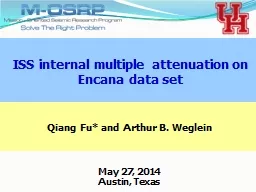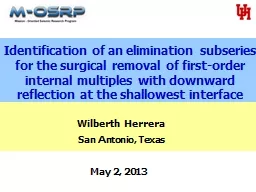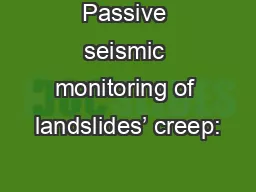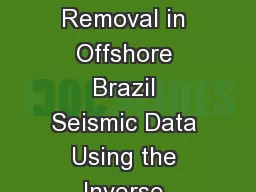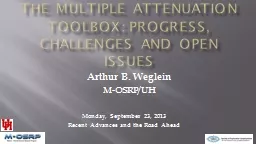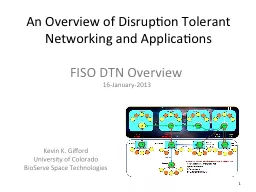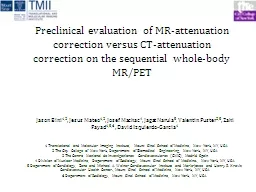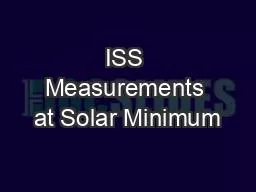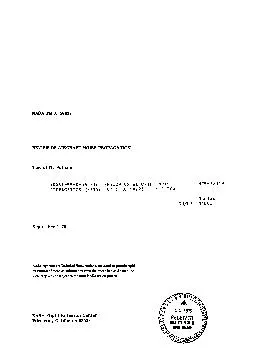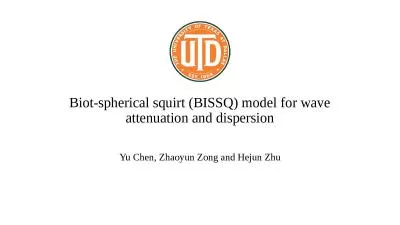PPT-ISS internal multiple attenuation on Encana data set
Author : groundstimulus | Published Date : 2020-06-23
May 27 2014 Austin Texas Qiang Fu and Arthur B Weglein The key points We tested ISS internal multiple attenuation algorithm on Encana data set Besides the prerequisites
Presentation Embed Code
Download Presentation
Download Presentation The PPT/PDF document "ISS internal multiple attenuation on Enc..." is the property of its rightful owner. Permission is granted to download and print the materials on this website for personal, non-commercial use only, and to display it on your personal computer provided you do not modify the materials and that you retain all copyright notices contained in the materials. By downloading content from our website, you accept the terms of this agreement.
ISS internal multiple attenuation on Encana data set: Transcript
Download Rules Of Document
"ISS internal multiple attenuation on Encana data set"The content belongs to its owner. You may download and print it for personal use, without modification, and keep all copyright notices. By downloading, you agree to these terms.
Related Documents

